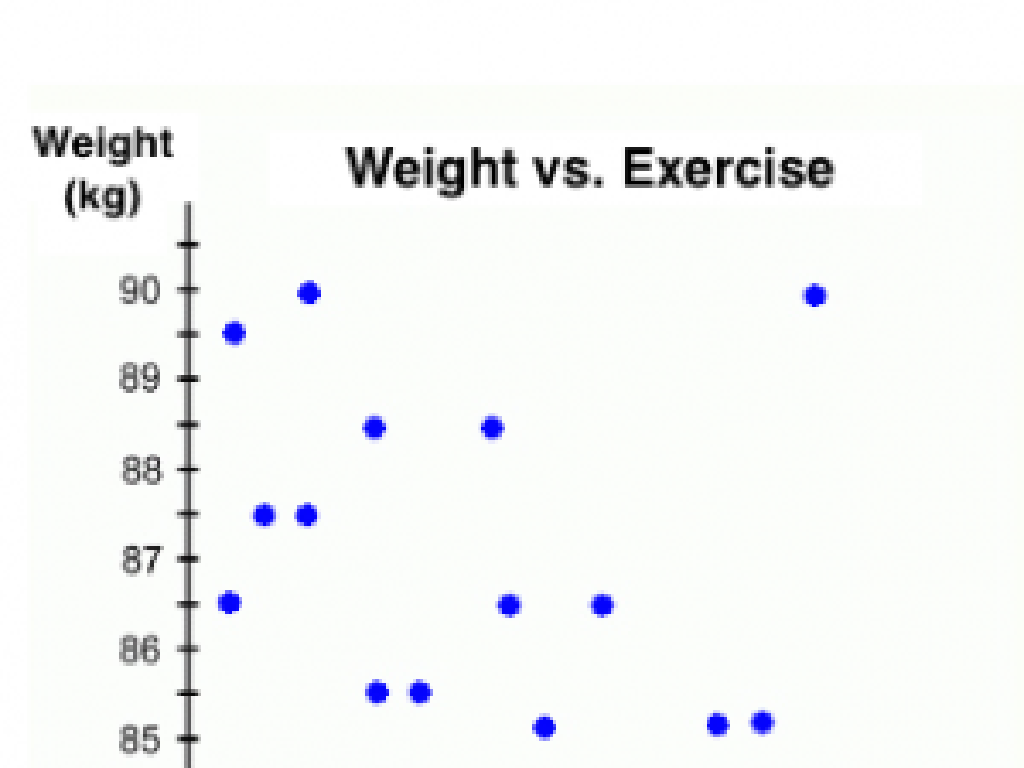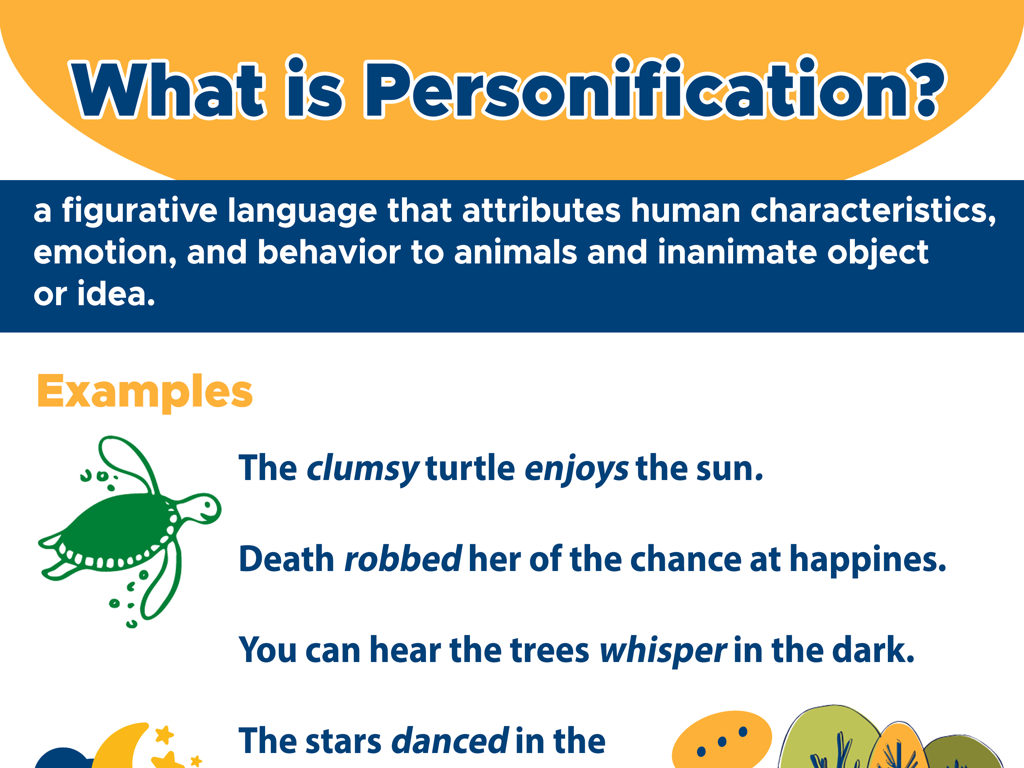Read Sight Words Set 8: Come, Funny, Little, Me, Sit
Subject: Language arts
Grade: Pre-k
Topic: Sight Words
Please LOG IN to download the presentation. Access is available to registered users only.
View More Content
Welcome to Sight Words!
– Learning new sight words today
– Sight words boost reading skills
– These are words we often see in books and use in our sentences.
– Fun with words: come, funny, little, me, sit
– We’ll use games and stories to remember these words easily.
– Practice makes perfect
|
This slide introduces Pre-k students to a new set of sight words, emphasizing the importance of sight words in developing reading fluency. The words ‘come’, ‘funny’, ‘little’, ‘me’, and ‘sit’ are the focus for this lesson. Engage the students with interactive activities such as word matching games, flashcards, and storytelling that incorporate these sight words. Encourage the children to practice these words both in the classroom and at home with their families. The goal is for students to recognize these words instantly, without needing to sound them out, to aid in their reading comprehension and speed.
Exploring Sight Words
– Sight words: know on sight
– No sounding out needed
– Common in books
– Examples: come, funny, little, me, sit
– ‘Come’ to me; ‘funny’ clown; a ‘little’ dog; ‘me’; ‘sit’ down
|
This slide introduces the concept of sight words to Pre-K students, emphasizing the importance of recognizing these words by sight rather than sounding them out. Sight words are frequently encountered in reading and are foundational for developing reading fluency. Provide examples using the words ‘come’, ‘funny’, ‘little’, ‘me’, and ‘sit’ in simple sentences or phrases that the children can relate to. Encourage the students to spot these words in their favorite books or classroom posters. During the lesson, engage the children in activities where they can practice identifying and using these words in context to reinforce their learning.
Learning Sight Words: ‘Come’
– ‘Come’ means to move closer
– ‘Come’ is used to ask someone to visit
– Example: ‘Come to the table for dinner.’
– Imagine someone asking you to join them
– Let’s say ‘come’ together!
– We’ll practice saying ‘come’ as a class
|
The focus of this slide is the sight word ‘come.’ Start by explaining the meaning of ‘come’ as moving closer to someone or something or as an invitation to visit. Use a simple and relatable example sentence to illustrate the use of ‘come.’ Encourage the students to repeat the word ‘come’ after you to practice pronunciation. Engage the class by asking them to come to a specific location in the classroom, using the word in a practical context. This reinforces the meaning through action and helps with memory retention.
Learning Sight Words: ‘Funny’
– ‘Funny’ means laughter-inducing
– Something is ‘funny’ if it makes us smile or laugh.
– Example: ‘The clown is very funny.’
– Clowns are meant to make us laugh with their silly actions!
– Say ‘funny’ with a giggle
– Can you giggle and say ‘funny’? Try it!
|
The focus of this slide is to help students recognize and understand the sight word ‘funny.’ Start by explaining that ‘funny’ is a word we use to describe something that makes us laugh or smile. Use the example of a clown, which is relatable and easily visualized by young children, to illustrate the meaning. Encourage the children to say the word ‘funny’ while giggling to create a fun and memorable connection with the word. This interactive approach helps students to not only recognize the word but also associate it with a positive and enjoyable emotion.
Sight Word: ‘Little’
– ‘Little’ means small in size
– Example: ‘Look at the little kitten’
– Use ‘little’ to describe something small
– Whisper ‘little’ because it’s small
– Whispering helps remember the size meaning
– Practice using ‘little’ in sentences
– ‘I see a little bug’ or ‘I have a little toy’
|
The word ‘little’ is an adjective that describes something of a small size. It’s a common sight word for Pre-K students to recognize and read. Use visual aids like pictures of small objects to help students associate the word with its meaning. Encourage the children to whisper the word ‘little’ as a fun activity to reinforce the concept of smallness. During the lesson, practice using ‘little’ in various simple sentences and ask the students to come up with their own examples. This interactive approach helps solidify their understanding and recall of the word.
Learning the Sight Word: ‘Me’
– ‘Me’ refers to oneself
– Use ‘me’ when you’re talking about yourself.
– Example: ‘Give the book to me.’
– It’s used when someone is doing something for or to you.
– Point to yourself and say ‘me’
– Practice saying ‘me’ while pointing to yourself.
|
The sight word ‘me’ is a fundamental word that children use to refer to themselves. It’s important for students to recognize and use this word confidently. Start by explaining the meaning of ‘me’ and then show them how to use it in a sentence. Give them examples of ‘me’ in sentences that they can relate to. Encourage the children to point to themselves when they say ‘me’ to reinforce the concept that ‘me’ refers to the person speaking. You can also use a mirror to help them associate the word with their reflection. Make sure to praise their efforts to build their confidence in using the word.
Sight Word Practice: ‘Sit’
– ‘Sit’ means to take a seat
– To rest on a chair or the ground
– Example: ‘Sit on the carpet’
– Use it to tell someone to take a seat
– Let’s practice sitting together
– When I say ‘sit’, we all sit down!
|
This slide focuses on the sight word ‘sit’. Begin by explaining the meaning of ‘sit’ as taking a seat or resting on a chair or the ground. Use a simple sentence to illustrate its use, such as ‘Please sit on the carpet.’ This helps children understand how the word is used in everyday language. Then, engage the children in a fun activity where they practice sitting down when the word ‘sit’ is said. This kinesthetic approach reinforces the word’s meaning through action and makes the learning experience memorable. Ensure to observe the children as they participate in the activity to provide immediate positive reinforcement or gentle correction as needed.
Let’s Practice Sight Words!
– Read a story as a group
– Look for ‘come’, ‘funny’, ‘little’, ‘me’, ‘sit’
– Spot sight words and raise your hand
– When you recognize a sight word, let’s see those hands go up!
– Use sight words in sentences
– Can you make a sentence with ‘little’? How about ‘funny’?
|
This slide is designed for an interactive class activity to help Pre-k students practice sight words set 8: ‘come’, ‘funny’, ‘little’, ‘me’, ‘sit’. Start by reading a story aloud to the class, pausing to allow students to identify and call out the sight words. Encourage them to raise their hands when they see a sight word. After reading, engage the students in creating sentences using each of the sight words to reinforce their understanding and usage. For students who may struggle, provide additional examples and encourage peer support. This activity not only helps with word recognition but also with building confidence in reading and sentence construction.
Class Activity: Sight Word Hunt
– Search for hidden sight words
– Pair up with a buddy
– Read the words you find
– Practice reading words like ‘come’, ‘funny’, ‘little’, ‘me’, ‘sit’
– Time challenge: 5 minutes
|
This interactive activity is designed to engage Pre-k students in finding and reading sight words set 8: come, funny, little, me, sit. Hide these words around the classroom before the activity starts. Pair students up to foster teamwork and have them search for the words together. As they find each word, encourage them to read it aloud to reinforce recognition and pronunciation. Set a timer for 5 minutes to make it a fun challenge. After the hunt, gather the class and count how many words each pair found, praising their effort and participation. This activity not only helps with word recognition but also with social skills as they work in pairs.
Celebrating Sight Words Success!
– Congratulations on learning new words!
– Keep practicing sight words at home
– Spot ‘come’, ‘funny’, ‘little’, ‘me’, ‘sit’ in books or signs
– You’re all amazing word detectives!
– Let’s applaud our hard work!
– Clap for friends and your own efforts
|
This slide is meant to congratulate the students on their hard work in learning new sight words and to encourage them to continue practicing at home. Remind them that recognizing these words quickly will help them become better readers. Encourage them to look for these words in their favorite books, on TV, or even on signs they see every day. This will reinforce their learning and help them understand the importance of sight words in everyday life. Finish the lesson on a positive note by giving themselves a round of applause, fostering a sense of accomplishment and community in the classroom.






